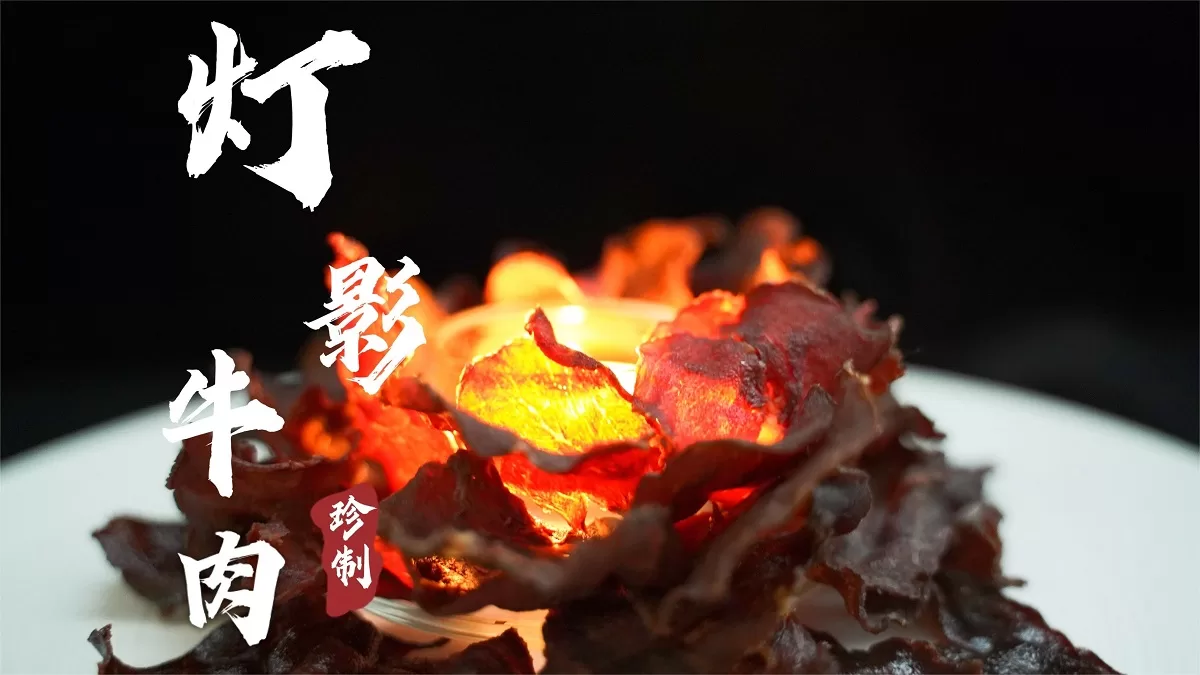Shadow Play Beef, a renowned local delicacy in Sichuan and Chongqing, offers a unique culinary experience. Featuring paper-thin slices of beef, vibrant red in color, the dish is characterized by its numbing spiciness and crisp freshness.
The term “灯影” refers to shadow puppetry, a traditional Chinese form of entertainment where cut-out figures made from animal hides or paper are illuminated to cast shadows on a screen. This culinary delight earned its name due to the paper-thin slices of beef that are so delicate that they allow light to pass through, much like the shadows created by puppetry on a screen.
Legend has it that over a millennium ago, during the Tang Dynasty, the poet Yuan Zhen, who served as an imperial censor, was exiled to Tongzhou (present-day Dazhou City in Sichuan) for offending eunuchs and conservative officials. One day, while enjoying a light meal at a local inn, he encountered thinly sliced beef that was flavorful, tender, and virtually free of any residue. Impressed by the quality, Yuan Zhen immediately coined the name “Shadow Play Beef,” emphasizing the thinness of the meat, akin to the shadows created by puppetry on a screen.
Another account of the dish’s origin traces back to more recent times, around 80 years ago, in Liangping County. A performer named Que, facing tough times while selling marinated beef, decided to innovate. He created a thin, sliced version of beef jerky and set up his stall in the busy market. To attract customers, he displayed large, thin slices of beef in front of an oil lamp, creating a captivating play of shadows. The beef slices were illuminated, appearing both red and bright. The dish quickly gained attention for its unique presentation and flavor—spicy, crisp, and fresh. People started calling it “Shadow Play Beef,” and this innovative approach propelled Que’s business to new heights.
Whether rooted in historical exile or the creative endeavors of an artist, Shadow Play Beef continues to captivate locals and visitors alike with its exquisite taste and visual allure, earning its place as a cherished culinary tradition in the rich gastronomic landscape of Sichuan and Chongqing.


